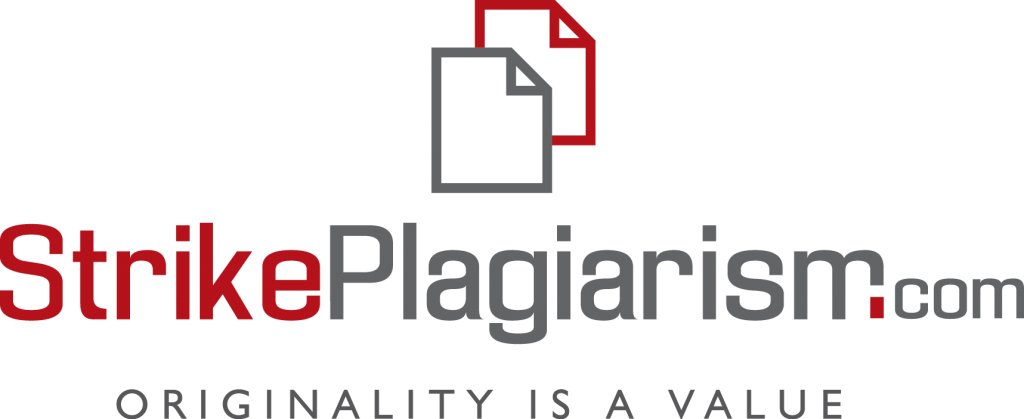Context-induced metaphoric creativity in business media discourse
DOI:
https://doi.org/10.32782/2617-3921.2023.24.57-65Keywords:
conceptual metaphor theory (CMT), cultural context, immediate linguistic context, discourse participants, brand names.Abstract
The aim of the research paper is to investigate the means of achieving context-induced metaphorical creativity in business media discourse. The paper provides a brief overview of the term “creativity” in the realm of humanities before diving deeper into metaphorical creativity. It highlights the main studies on metaphorical creativity conducted by a host of linguists such as G. Lakoff, E. Semino and others. A particular focus is given to Z. Kövecses’ notion of “context-induced” metaphorical creativity, which serves as the basis for this particular research effort. The paper introduces several examples to illustrate different cases of this phenomenon: 1) based on the immediate linguistic context; 2) based on knowledge about the participants of the discourse; and 3) based on the cultural context. These aspects are not mutually exclusive and can occasionally intertwine to produce unique metaphorical expressions. The article demonstrates how brand names, the scope of a particular company’s activities, or a broader cultural context can serve as direct linguistic triggers for metaphors in news headlines. For example, the brand name Apple motivates the use of the conceptual metaphor COMPETITION IS EATING, which is verbalized in the phrase “take a big bite out of the banks”. At the same time, the use of the phrase “sweeten” in a headline about Hershey’s stock financial outlook is motivated by knowledge about the company. Some headlines may combine several contextual factors at once. This research paper is relevant because it makes it easier to understand how creative language, specifically metaphors, can be used in business news. The paper might be useful for linguists, marketing professionals, and business experts who want to communicate more effectively.
References
Kaufman J. C., Sternberg R. J. Cambridge Handbook of Creativity. Cambridge University Press, 2019. 778 p.
Kövecses Z. Metaphor: A practical introduction. 2nd ed. New York : Oxford University Press, 2009.
Kövecses, Z. Metaphor, Creativity, and Discourse. DELTA Documentação de Estudos em Lingüística Teórica e Aplicada, vol. 26, № SPE, 2009, pp. 719–738.
Musolff, A., & Zinken, J. 2019. Metaphor and Discourse. Palgrave Macmillan.
Porto M. D., Romano M. Newspaper Metaphors: Reusing Metaphors Across Media Genres. Metaphor and Symbol. 2013. Vol. 28, № 1. P. 60–73. URL: https://doi.org/10.1080/10926488.2013.744572 (date of access: 10.09.2023)
Semino E. “Not Soldiers but Fire-fighters” – Metaphors and Covid-19. Health Communication. 2020. Vol. 36, № 1. P. 50–58. URL: https://doi.org/10.1080/10410236.2020.1844989 (date of access: 10.09.2023)
Winter B. Horror Movies and the Cognitive Ecology of Primary Metaphors. Metaphor and Symbol. 2014. Vol. 29, № 3. P. 151–170. URL: https://doi.org/10.1080/10926488.2014.924280 (date of access: 10.09.2023)



